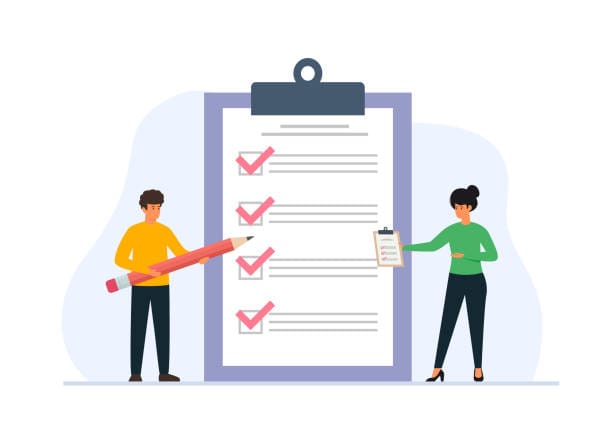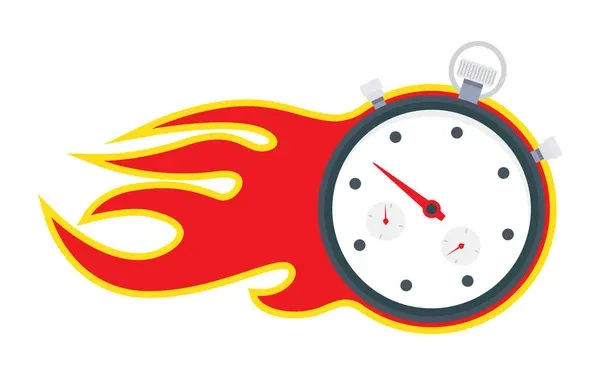The Ultimate Shopify SEO Checklist & Guide for Beginners

Understanding SEO for your Shopify store is crucial for attracting visitors and boosting sales. SEO, or Search Engine Optimization, is all about making your store more visible in search engine results. This guide is designed for Shopify beginners who want to learn how to optimize their stores for search engines. We'll cover everything you need to know to get started and improve your store's online visibility.
Understanding SEO Basics
SEO serves as the bedrock of online visibility for your Shopify store. Here's a breakdown of the key elements:
What is SEO?
SEO, or Search Engine Optimization, is the process of optimizing your website to improve its visibility and ranking on search engine results pages (SERPs). By implementing strategies like keyword optimization, backlinking, and content creation, you can enhance your website's relevance and authority according to search engines like Google, Bing, Yahoo, and other search engines.
Utilizing tools like Google Search Console and Google Analytics can provide valuable insights into your website's performance and help you track the effectiveness of your SEO efforts. Additionally, following a Shopify SEO checklist can ensure that your online store is optimized for maximum visibility and traffic from search engines.
Key SEO Concepts and Terminology
Navigating the world of SEO effectively necessitates understanding key concepts and terminology.SEO serves as the foundation of online visibility for your Shopify website store. Here's a closer look at the key concepts and terminologies that all shopify store owners should be familiar with:
- Target Keyword: Words or phrases that people use when searching for products or information online.
- Meta Tags: HTML elements that provide information about a web page to search engines, including meta titles, meta descriptions, and meta keywords.
- Backlinks: Links from other websites to your site, signaling to search engines that your site is trustworthy and authoritative.
- On-Page SEO: Optimization of individual web pages to improve their search engine rankings and attract more organic traffic. This includes optimizing content, meta tags, headings, and images.
- Off-Page SEO: Strategies implemented outside of your website to improve its search engine rankings. This includes building backlinks, social media engagement, and online reputation management.
- Local SEO: Optimization of your website to appear in local search results, particularly relevant for businesses with physical locations or serving specific geographic areas.
- SERP (Search Engine Results Page): The page displayed by search engines in response to a user's query, showing a list of organic and paid search results.
Understanding these fundamental concepts and terminologies is essential for implementing effective SEO strategies for your Shopify store.
Setting Up Your Shopify Store for SEO Success
When setting up your Shopify store, optimizing it for search engines is crucial for maximizing its online visibility and attracting potential customers. Here's a step-by-step guide to ensure your store is set up for SEO success:
Optimizing Your Shopify Store's Settings and Structure
Customize your store's settings to ensure it is easily crawlable by search engines. This includes setting up your robots.txt file to specify which pages search engines should crawl and index. Additionally, create clear and user-friendly navigation to improve the user experience and make it easier for visitors to find what they're looking for on your site.
Installing Essential SEO Apps and Tools for Shopify
Explore and install SEO apps and tools available in the Shopify App Store to streamline and automate your SEO efforts. For example, apps like SEOPro can help with keyword research, on-page optimization, bulk SEO
Keyword Research and Optimization
Keyword research and optimization are essential components of SEO for your Shopify store. Here's how to effectively utilize keywords and tools like SEOPro to improve your store's visibility in search engine results:
Conducting Keyword Research
Keyword research involves identifying the words and phrases that potential customers are using to search for products or information related to your Shopify store. Use keyword research tools like Google Keyword Planner, SEMrush, or Ahrefs to discover relevant keywords with high search volume and low competition.
Optimizing Product Titles, Descriptions, and Meta Tags with SEOPro
Utilize SEOPro, a powerful Shopify App, to optimize your product titles, descriptions, and meta tags with your target keywords. SEOPro provides valuable insights and recommendations to ensure that your product pages are fully optimized for search engines. By incorporating SEOPro into your optimization process, you can streamline the optimization process and maximize your store's visibility in search engine results.
By conducting thorough keyword research, leveraging tools like SEOPro, and strategically optimizing your product pages, you can improve your store's visibility in search engine results and attract more organic traffic from potential customers.
On-Page SEO Optimization
On-page SEO optimization involves optimizing individual web pages to improve their search engine rankings and attract more organic traffic. Here's how to effectively optimize your Shopify store's pages:
Optimizing Product Pages
- Ensure that each product page has a unique and descriptive title that includes relevant keywords.
- Write compelling product descriptions that highlight key features, benefits, and uses of the product.
- Use high-quality images and optimize their filenames and alt tags with relevant keywords.
- Include customer reviews and testimonials to build trust and credibility.
Creating Keyword-Rich Content
- Create blog posts, guides, or tutorials that address common questions, problems, or interests of your target audience.
- Incorporate relevant keywords naturally throughout your content, including in headings, subheadings, and body text.
- Aim to provide valuable and informative content that engages your audience and encourages them to stay on your site longer.
Utilizing Headings, Alt Tags, and Internal Linking
- Use heading tags (H1, H2, H3, etc.) to structure your content and make it easier for search engines to understand.
- Optimize images with descriptive alt tags that include keywords related to the content.
- Implement internal linking to connect related pages within your site, helping search engines discover and index your content more effectively.
By implementing these on-page SEO optimization techniques, you can improve the visibility and search engine rankings of your Shopify store's pages, ultimately attracting more organic traffic and potential customers.
Optimizing Your Shopify Store with SEOPro
SEOPro is a powerful Shopify App designed to empower merchants to increase traffic from Google and optimize their SEO content. Here's how SEOPro can help improve the visibility and search engine rankings of your Shopify store:
- Fix SEO Issues: With SEOPro's SEO editor, you can identify and fix SEO issues on your website. The editor provides live SEO recommendations and suggestions on how to improve your content to attract more organic traffic. This step is crucial for ensuring that your store is optimized for search engines and can be done once for each page.
- Bulk Optimization: SEOPro offers a bulk optimization tool that allows you to update all of your alt text, page titles, meta descriptions, and product URLs at once. This feature saves time and ensures that your product and collection pages are optimized with relevant keywords in titles, descriptions, and meta tags.
By leveraging SEOPro's collection of tools, Shopify merchants can streamline their SEO optimization process and improve their store's visibility in search engine results, ultimately driving more traffic and attracting the right customers.
Ready to Take The Big Step?
Optimizing your Shopify store for search engines is essential for increasing visibility, driving traffic, and boosting sales. By following the strategies outlined in this guide and utilizing tools like SEOPro, you can effectively optimize your store for search engines and improve its online presence.
Remember, SEO is an ongoing process that requires continuous monitoring and optimization. Stay informed about the latest SEO trends and updates, and regularly assess and update your SEO strategy to ensure long-term success for your Shopify store.
With dedication, persistence, and the right tools at your disposal, you can position your Shopify store for success in the competitive world of e-commerce. Start optimizing your store for search engines today and unlock its full potential for growth and profitability.
If you have any questions or need further assistance with optimizing your Shopify store for SEO, don't hesitate to explore the resources available in the SEOPro Help Center or reach out to SEOPro support for guidance.





